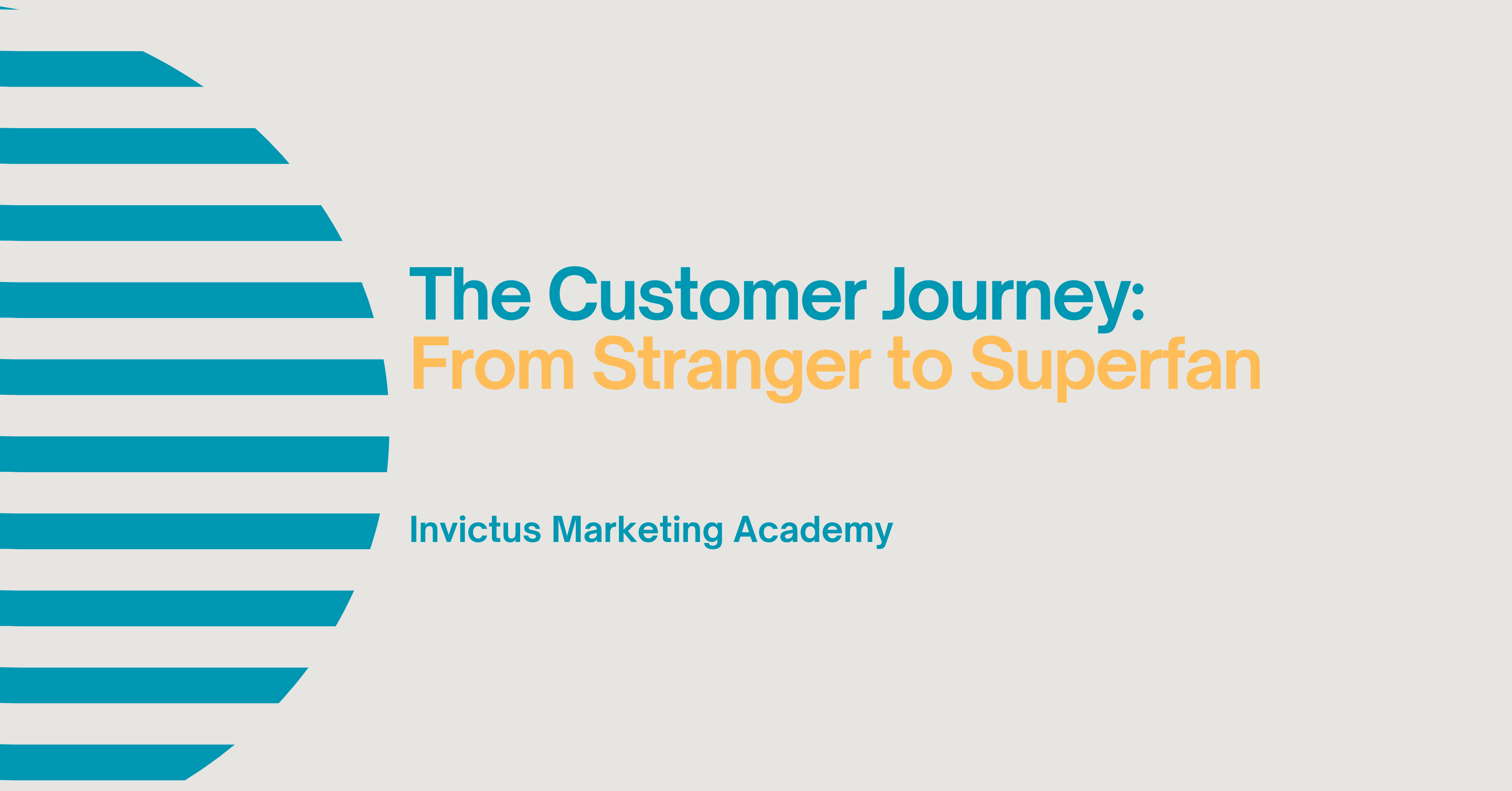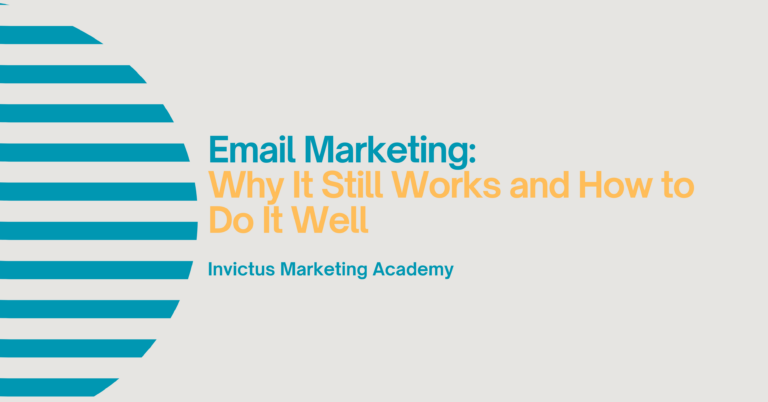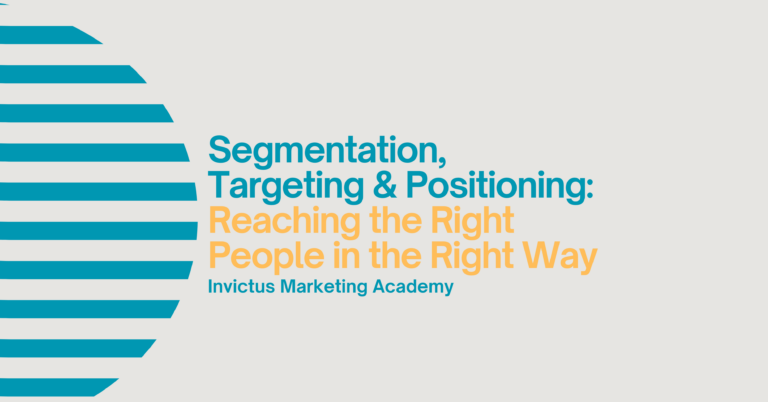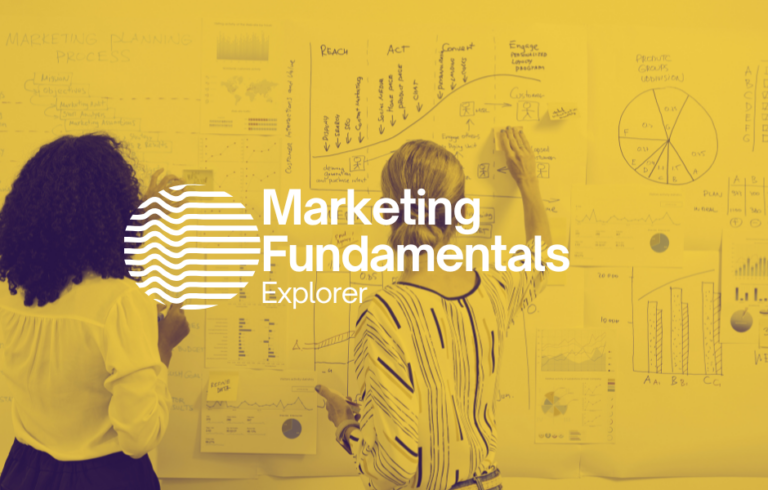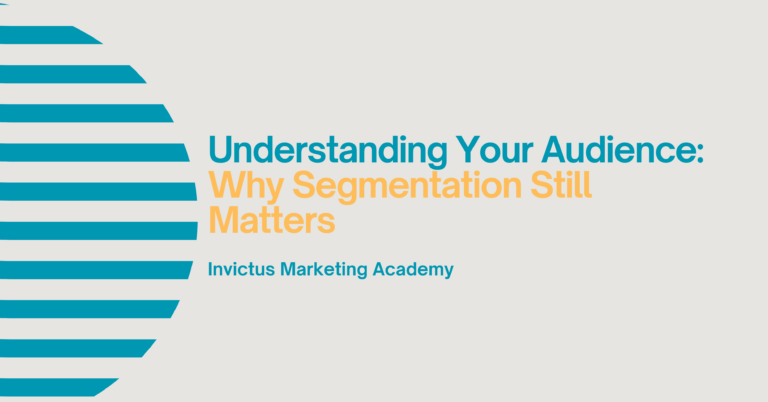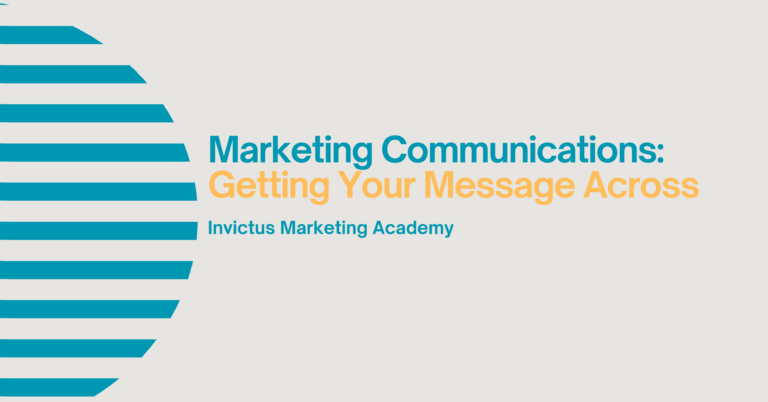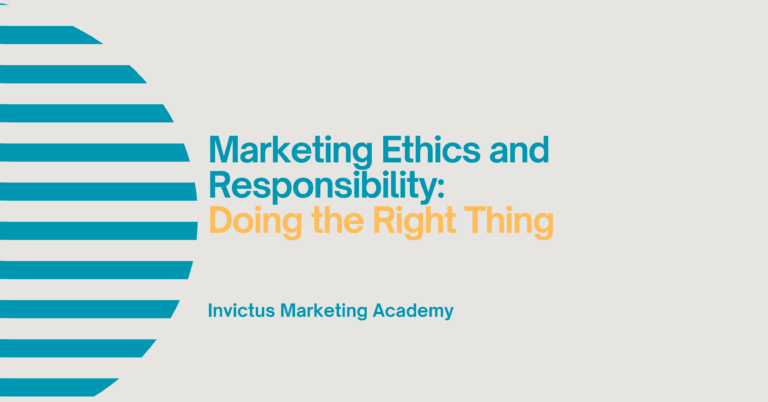The Customer Journey: From Stranger to Superfan
Not every customer is ready to buy the first time they see your brand. Most people need time — time to notice you, time to trust you, time to see how you fit into their world.
That’s where the customer journey comes in. It maps out the stages someone typically moves through before, during, and after they buy from you. Understanding this journey helps you deliver the right message at the right time — building relationships, improving conversion, and turning one-time buyers into long-term advocates.
In this article, we’ll explore each stage of the customer journey, why it matters, and how to tailor your marketing activity to support people at every step — from first glance to lifelong loyalty.
What Is the Customer Journey?
The customer journey is the full experience a person has with your brand — from initial awareness through to purchase, and (hopefully) beyond. It’s not just about transactions. It’s about the relationship.
Every interaction — whether it’s a social media post, a product demo, a customer service call, or an email follow-up — is part of that journey. Together, these moments shape how people perceive you, how much they trust you, and whether they come back.
The journey is rarely linear. People may loop back, pause, compare options, or seek reassurance. That’s why successful marketers map the journey and create touchpoints that guide the customer with care, relevance, and value.
The Benefits of Mapping the Customer Journey
When you understand the customer journey, you stop treating every lead the same — and start meeting people where they are.
Benefits include:
- More relevant marketing – You can personalise content based on what your audience needs at each stage.
- Improved customer experience – You remove friction and confusion, making it easier for people to say yes.
- Better conversion rates – You build trust gradually, leading to more confident purchasing decisions.
- Stronger retention – You don’t stop at the sale — you stay useful, helpful, and memorable.
- Clearer team alignment – Everyone involved (sales, service, marketing) can work from the same shared map.
Journey mapping allows you to shift from transactional marketing to relationship marketing — and that’s where long-term growth lives.
The Five Key Stages of the Customer Journey
1. Awareness – “I’ve just discovered you.”
At this stage, your potential customer becomes aware that you exist — often because you’ve solved a problem they’re thinking about or caught their attention in a relevant way.
Your goal here is to get noticed — but more importantly, to be remembered.
Helpful tactics include:
- Social media content – Posts that entertain, inspire, or start conversations.
- Search engine optimisation (SEO) – Blog content that answers common questions or concerns.
- Paid ads – Targeted campaigns that introduce your brand to new audiences.
- Influencer or referral mentions – Trusted introductions from voices they already follow.
Focus on clarity, relevance, and value. You’re planting seeds — not closing deals.
2. Consideration – “I’m interested, but I’m weighing my options.”
Now the customer is aware of you and is considering whether your offer is right for them. They’re comparing, researching, and asking questions — possibly looking at your competitors too.
Your job is to show why you’re the best choice — and make that decision easier.
Helpful tactics include:
- Product guides or comparison charts – Helping people evaluate options with ease.
- Email sequences – Nurturing leads with tips, testimonials, and valuable content.
- Webinars or events – Demonstrating expertise and building trust.
- Social proof – Reviews, ratings, or user-generated content from happy customers.
At this stage, helpfulness beats hard selling. Be the brand that informs, not pressures.
3. Decision – “I’m ready to act — is this the right moment?”
This is where the customer is actively choosing whether to buy. Your content and communication should reduce risk, build confidence, and make action as easy as possible.
Your goal is conversion — but done with care and integrity.
Helpful tactics include:
- Clear calls-to-action – “Book now”, “Start free trial”, “Add to basket”.
- Landing pages – Focused pages with minimal distractions and strong messaging.
- Guarantees or flexible returns – Reducing fear of making the wrong choice.
- Urgency or limited offers – Encouraging action without pressure.
Every click, every word, every form should reinforce trust. Make saying “yes” feel natural.
4. Onboarding and Experience – “I’ve bought in — now show me you’re worth it.”
The sale isn’t the end. In fact, it’s just the beginning of your chance to deliver on your promise — and to turn a customer into a loyal fan.
Great onboarding helps new customers feel welcomed, supported, and reassured that they made the right choice.
Helpful tactics include:
- Welcome emails or video walkthroughs – Helping customers get started with confidence.
- Personalised tips or setup guidance – Making the first use or experience smooth.
- Responsive support channels – Quick, helpful replies that show you care.
- Thoughtful packaging or delivery – Small touches that leave a strong impression.
This is a crucial (and often overlooked) part of the journey. A poor experience can undo months of careful marketing. A great one? It builds trust and starts referrals.
5. Loyalty and Advocacy – “I love this brand — and I want to share it.”
When people have a great experience, they come back. They leave reviews, tell their friends, and engage with your content — not because they’re being sold to, but because they believe in what you do.
Your job now is to nurture the relationship and make advocacy easy.
Helpful tactics include:
- Loyalty or referral programmes – Rewarding repeat business and recommendations.
- Exclusive content or offers – Making customers feel valued and in the loop.
- Customer spotlights or feedback surveys – Involving your community and listening well.
- Re-engagement emails – Gently bringing back lapsed customers with useful updates.
Delighted customers are your most powerful marketers. Invest in them, and they’ll multiply your impact.
Mapping the Journey Internally
Once you understand these five stages, it’s helpful to map out what they look like in your business. What are the typical touchpoints a customer encounters? Where might confusion or friction arise? Where do you need more support or content?
Create a simple visual map that outlines:
- Key customer actions at each stage
- Matching brand messages or content
- Primary platforms or channels involved
- Opportunities for improvement or automation
This journey map becomes a useful reference across teams — helping everyone deliver a more seamless and supportive customer experience.
A Practical Example: A Local Photography Studio
Imagine you run a portrait photography studio targeting families with young children.
Here’s how the journey might unfold:
- Awareness: A parent sees your work on Instagram via a tagged post from a previous client. They follow your page and bookmark your site.
- Consideration: A month later, they return to browse pricing and read your FAQ page. They sign up to your email list for seasonal offers.
- Decision: After receiving an email about a limited “Back-to-School Mini Session”, they book online.
- Onboarding: They receive a confirmation, a what-to-expect guide, and outfit tips ahead of the session. On the day, the shoot is smooth and fun.
- Loyalty: They love the final images and leave a 5-star review. A referral discount encourages them to share your work with other local parents.
Every stage is intentionally supported. The result? A happy customer — and the likelihood of repeat bookings, referrals, and long-term growth.
In Summary
The customer journey is more than a framework — it’s a mindset. It helps you shift from short-term sales tactics to long-term relationship building. It reminds you that customers are people first, not numbers — and that trust takes time.
The most effective marketers don’t just ask, “How do we get people to buy?” They ask, “How can we support people at every step of their journey with us?”
Because when you guide people with value, integrity, and care — they don’t just buy. They stay. And they bring others with them.

